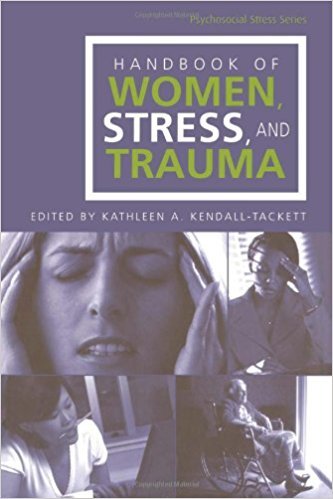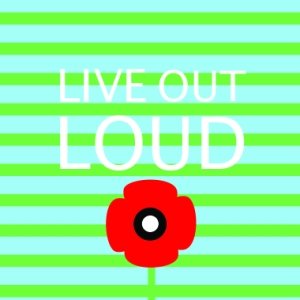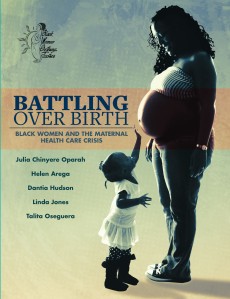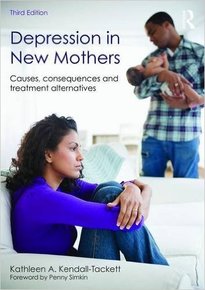The Recovery Village examines the link between cigarette addiction and alcohol addiction
How many smokers also drink alcohol?
There is a direct link between cigarette addiction and alcohol addiction. There have been a number of studies done to confirm that people who smoke are more likely to drink alcohol. Studies have also shown that people who smoke are more likely to be dependent on alcohol. 90 percent of alcoholics smoke. Additionally, 70 percent of alcoholics smoke at least one pack of cigarettes a day (National Institute on Alcohol Abuse and Alcoholism).
Reasons alcoholics are often addicted to cigarettes
There are genetic and psycho-social factors involved in cigarette smoking and drinking alcohol. People who have addicts in their family are more likely to become addicted to drugs and alcohol themselves. Dopamine is one of the chemicals in the brain that plays a role in the development of an addiction. Studies have shown that genetics play a role in the way that the body reacts to dopamine. Researchers also believe that the same genes that lead to alcohol addiction can lead to cigarette addiction.

People who start smoking and drinking early in life are more likely to develop an addiction later in life. If a person is in a family that smokes or drinks, then they are also more likely to be addicted to cigarettes and alcohol.
How alcohol use can encourage cigarette smoking and vice versa
Scientists have different theories to explain why alcohol users are more likely to be addicted to cigarettes and vice versa. One theory is that alcohol and nicotine have opposite effects on the body, which can cause a person to crave one after having the other. Alcohol has a tendency to sedate the body, and nicotine has a tendency to stimulate the body.
There have also been studies done on lab animals that have shown that exposing rats to low amounts of nicotine can increase the consumption of alcohol (Lárraga, Belluzzi, & Leslie, 2017).
How does smoking affect alcohol relapse?
The effects that smoking has on alcohol relapse remain controversial. Some people believe that smoking may decrease the risk of alcohol relapse. They may use cigarettes as a means to cope with their alcohol cravings. Others believe that cigarettes may increase the risk of relapse.
Tobacco may increase the release of dopamine. This can cause a person to crave alcohol more (Corrigall, Coen, & Adamson, 1994; Söderpalm, Ericson, Olausson, Blomqvist, & Engel, 2000).
Treating an alcohol addiction and cigarette addiction
In the past, people believed that smoking cessation should not be done during alcohol treatment. Some professionals believed that smoking was a minor issue compared to an alcohol addiction. They also believe that smoking cessation would lead to worse outcomes in people who had an alcohol addiction. Additionally, they believed that smoking was beneficial to people who are recovering from an alcohol addiction. They thought that it was a way for people to cope with their cravings.
Today, professionals believe that alcohol addiction and smoking addiction should be treated together. Alcohol and cigarettes both act on the same pathways that influence pleasure and reward. It is also important to note that using one may cause a person to crave the other.
Furthermore, treating alcoholism and cigarette addiction at the same time can save a person’s health. Studies have shown that people are more likely to die from smoking-related illnesses than alcohol-related ones. It is also important to note that a person is less likely to smoke after going through alcohol treatment. Treating both of these conditions at the same time can help save lives.
There is a variety of ways that alcohol addiction and cigarette addiction can be treated. There is no one-size-fits all because everyone is different. However, most people will get a combination of counseling and medication in order to recover.
References
 Corrigall, W. A., Coen, K. M., & Adamson, K. L. (1994). Self-administered nicotine activates the mesolimbic dopamine system through the ventral tegmental area. Brain Research, 653(1-2), 278–284. doi:10.1016/0006-8993(94)90401-4
Corrigall, W. A., Coen, K. M., & Adamson, K. L. (1994). Self-administered nicotine activates the mesolimbic dopamine system through the ventral tegmental area. Brain Research, 653(1-2), 278–284. doi:10.1016/0006-8993(94)90401-4
Lárraga, A., Belluzzi, J. D., & Leslie, F. M. (2017). Nicotine increases alcohol intake in adolescent male rats. Frontiers in Behavioral Neuroscience, 11. doi:10.3389/fnbeh.2017.00025
National Institute on Alcohol Abuse and Alcoholism (NIAAA). (1998) Alcohol and Tobacco.Alcohol Alert (No. 39). Rockville, MD: NIAAA.
Söderpalm, B., Ericson, M., Olausson, P., Blomqvist, O., & Engel, J. A. (2000). Nicotinic mechanisms involved in the dopamine activating and reinforcing properties of ethanol. Behavioural Brain Research, 113(1-2), 85–96. doi:10.1016/s0166-4328(00)00203-5






















August 24, 2018 at 8:57 am
Awesome Post my friend.
Lynn Telford-Sahl has an M.A. in Psychology with a Holistic Specialization and is a Certified Addiction Counselor in private practice for over 25 years with Balanced Living Counseling, Modesto, CA.
Lynn is the author of two books: Intentional JOY: How to Turn Stress, Fear & Addiction into Freedom and The Greatest Change of All.
LikeLike
September 25, 2018 at 7:26 am
I will start following all of them….I have been following you for a while now and would love to get the fee guides you are sending out to new followers. Wow! great blog thanks for helping us just by sharing the interesting and informative blog list thanks.
LikeLiked by 1 person